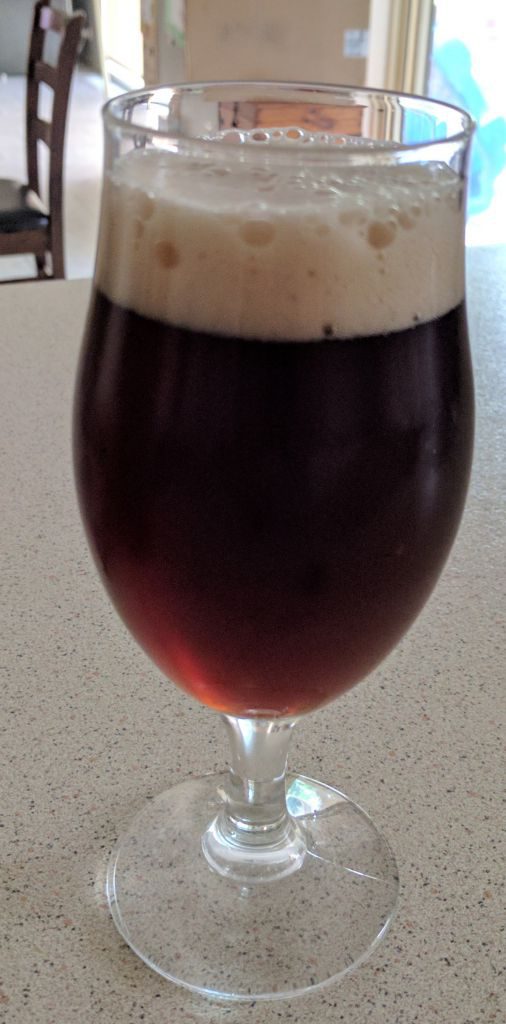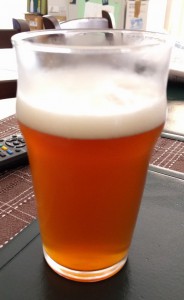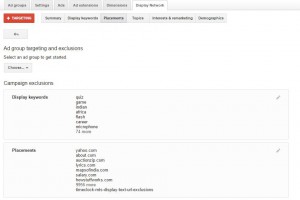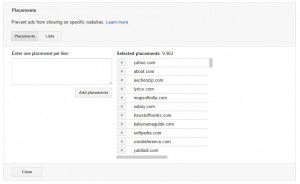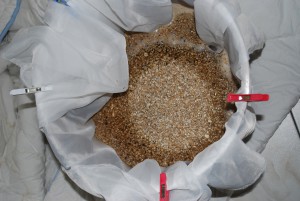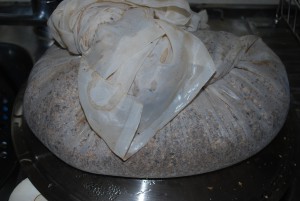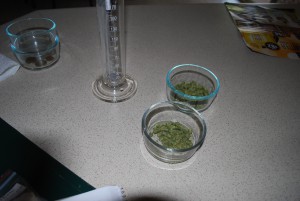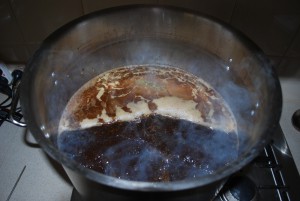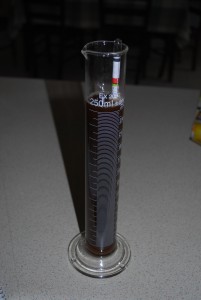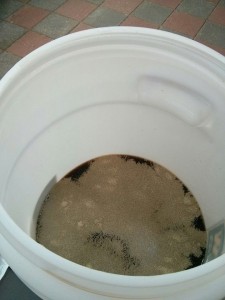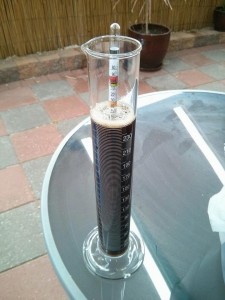If a user is new to WooCommerce it can be a little confusing what emails a customer is receiving and exactly what events are triggering the delivery of emails. To help alleviate the problem it can be useful to deliver copies of all customer emails (see the WooCommerce Email Notifications screen below) to another email address so they can be monitored.
In this case the woocommerce_email_headers() filter is useful. It allows you to intercept the email header and inject your own custom headers of the same form used by the PHP mail function. In my case I was happy to include a CC email address so I used this code:
//
//Send copies of customer emails to someone@somewhere.com
//
add_filter( 'woocommerce_email_headers', 'copy_customer_emails_headers_filter_function', 10, 2);
function copy_customer_emails_headers_filter_function( $headers, $object )
{
if ($object == 'customer_completed_order' || $object == 'customer_invoice' || $object == 'customer_note' || $object == 'customer_on_hold_order' || $object == 'customer_processing_order' || $object == 'customer_refunded_order')
{
$headers .= "CC: Someone <someone@somewhere.com>" . "\r\n";
}
return $headers;
}
The code itself is fairly self explanatory. It checks the passed object and if it’s one of the customer notification emails then the “CC: Someone <someone@somewhere.com>” . “\r\n” string is appended to the email headers. That email address will now receive a copy of all the emails sent to a customer. Of course the customer will see the CC address in their emails so you could include a BCC address with something like “Bcc: Someone<someone@somewhere.com>\r\n”.



